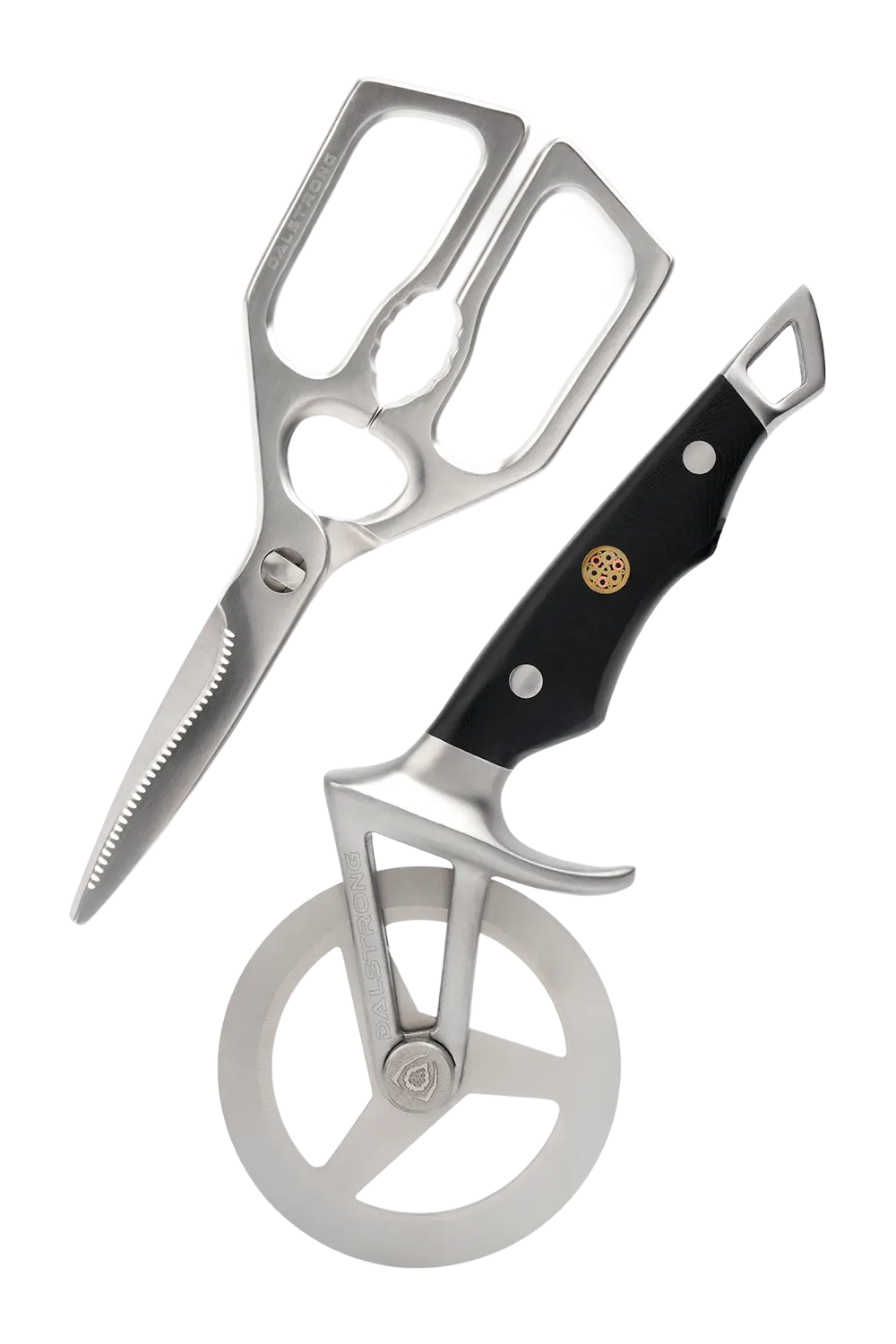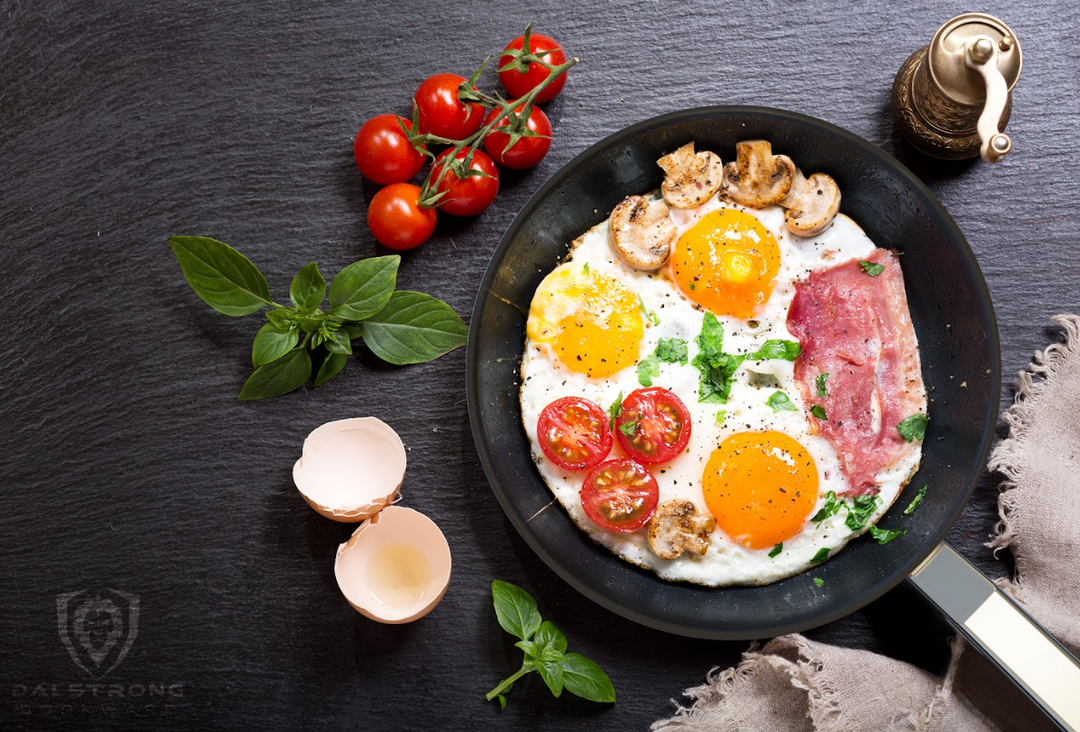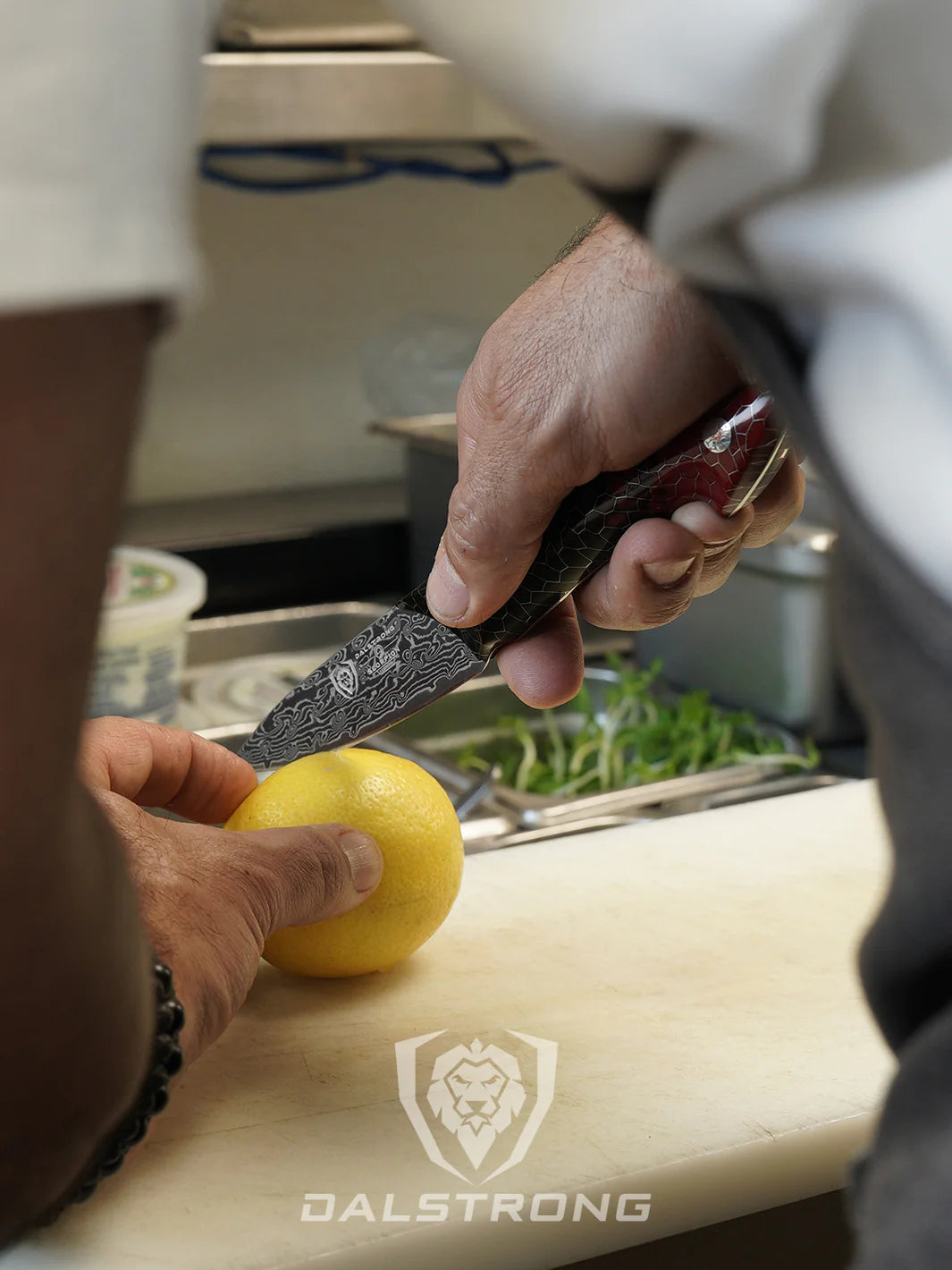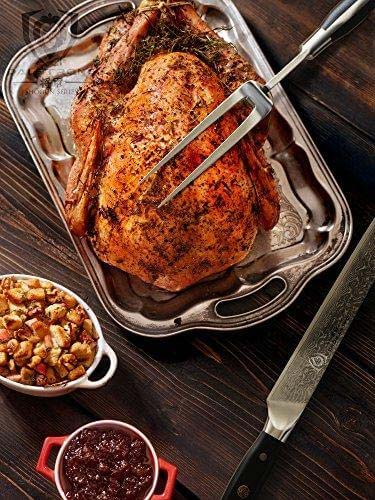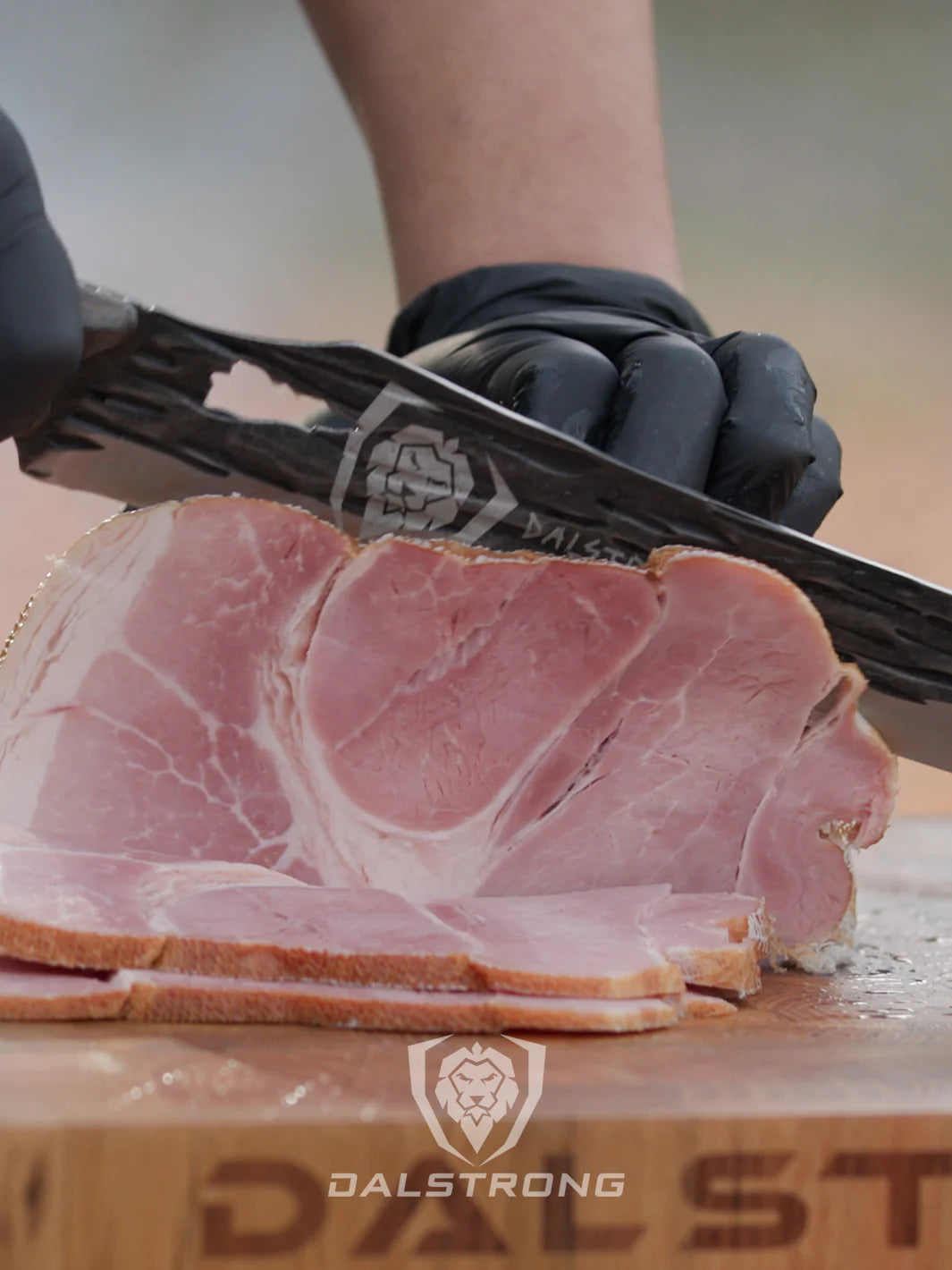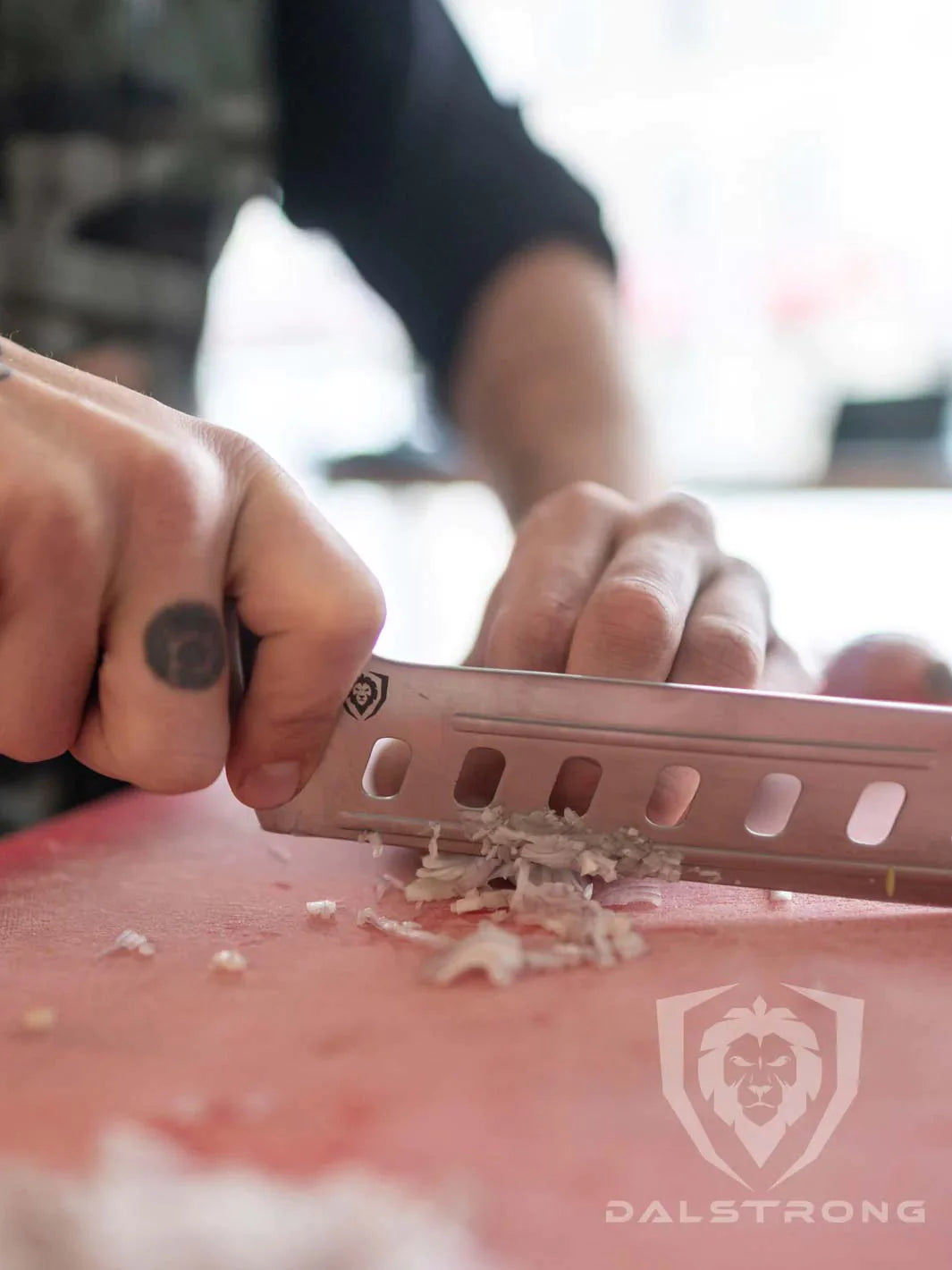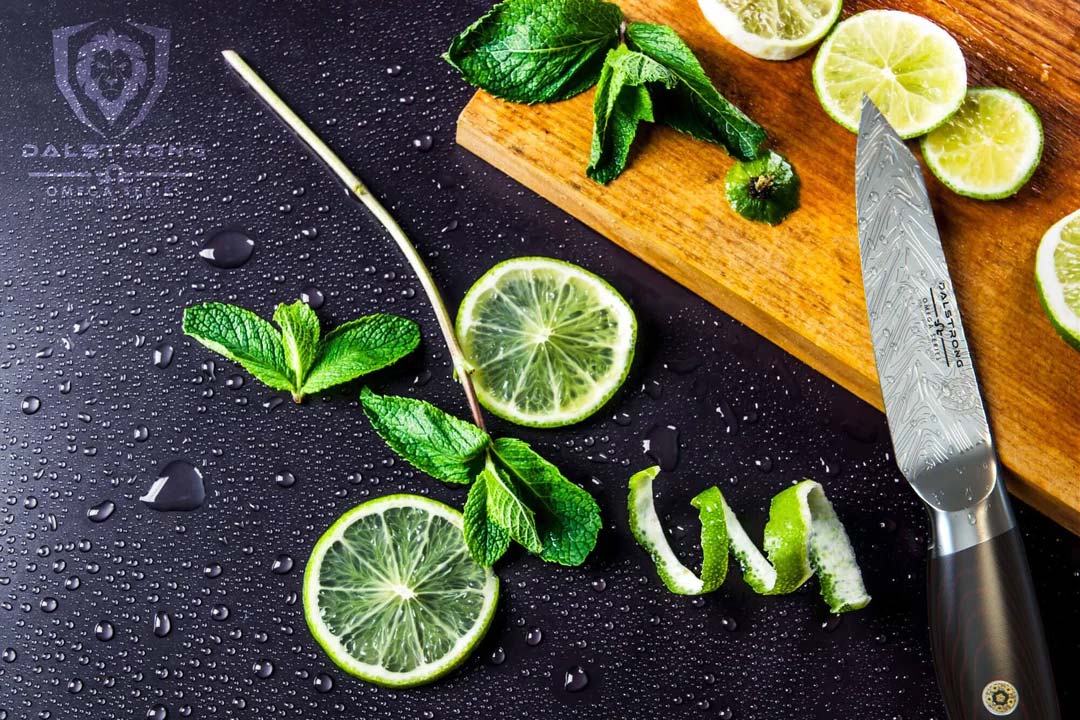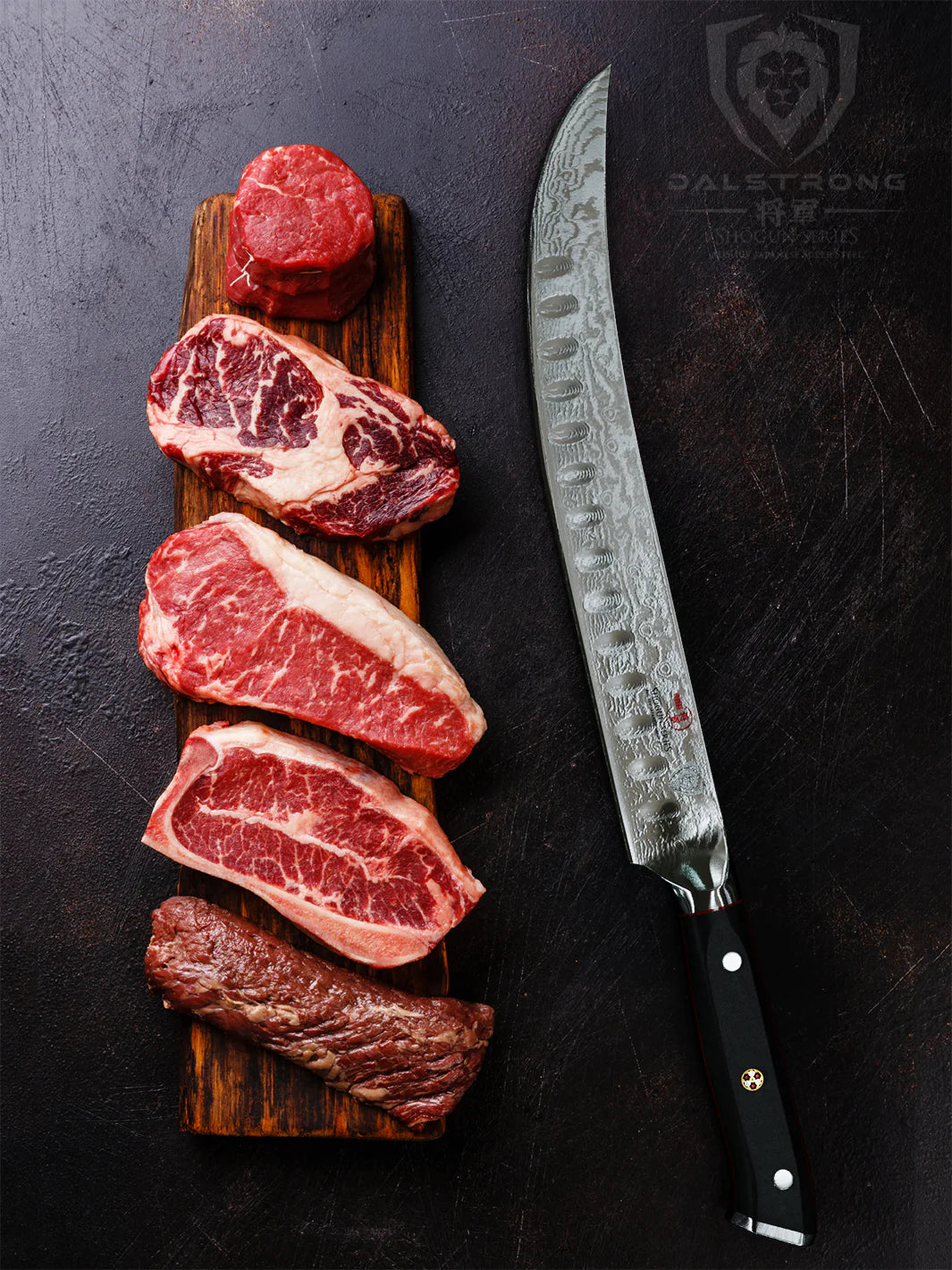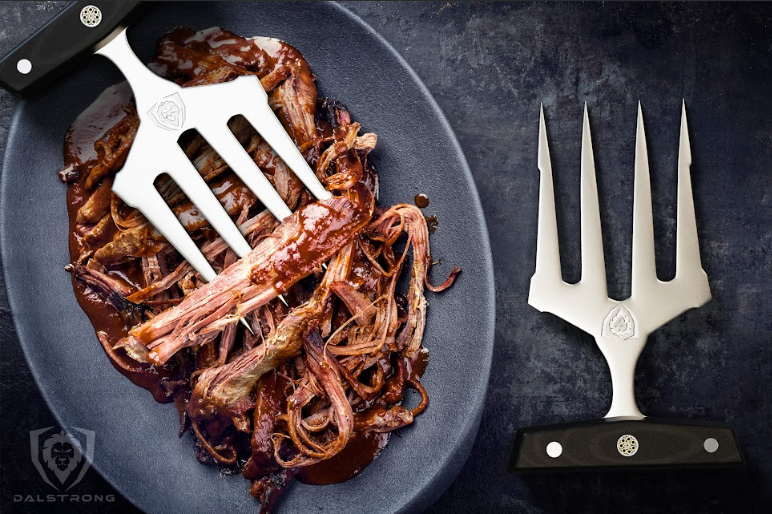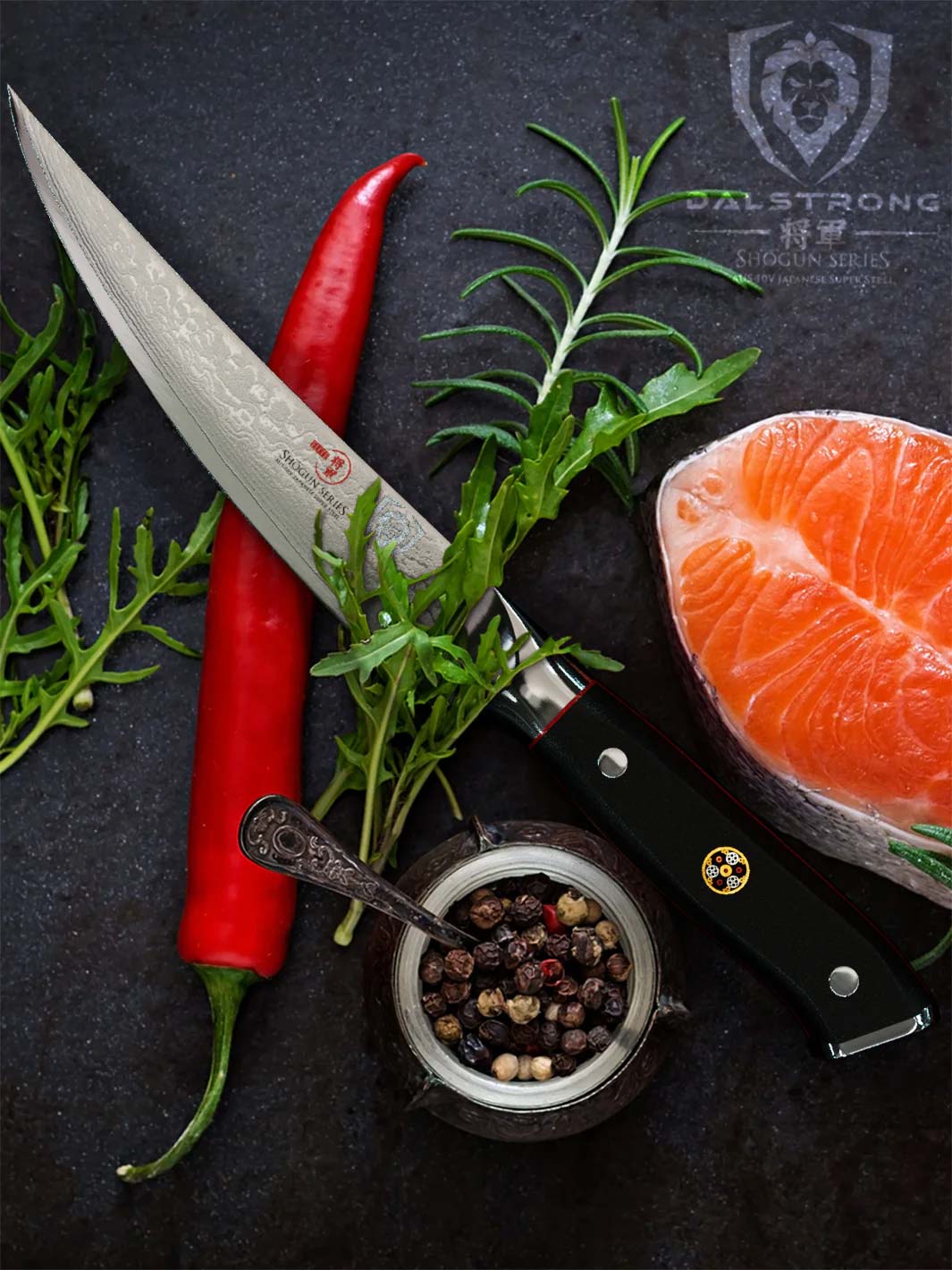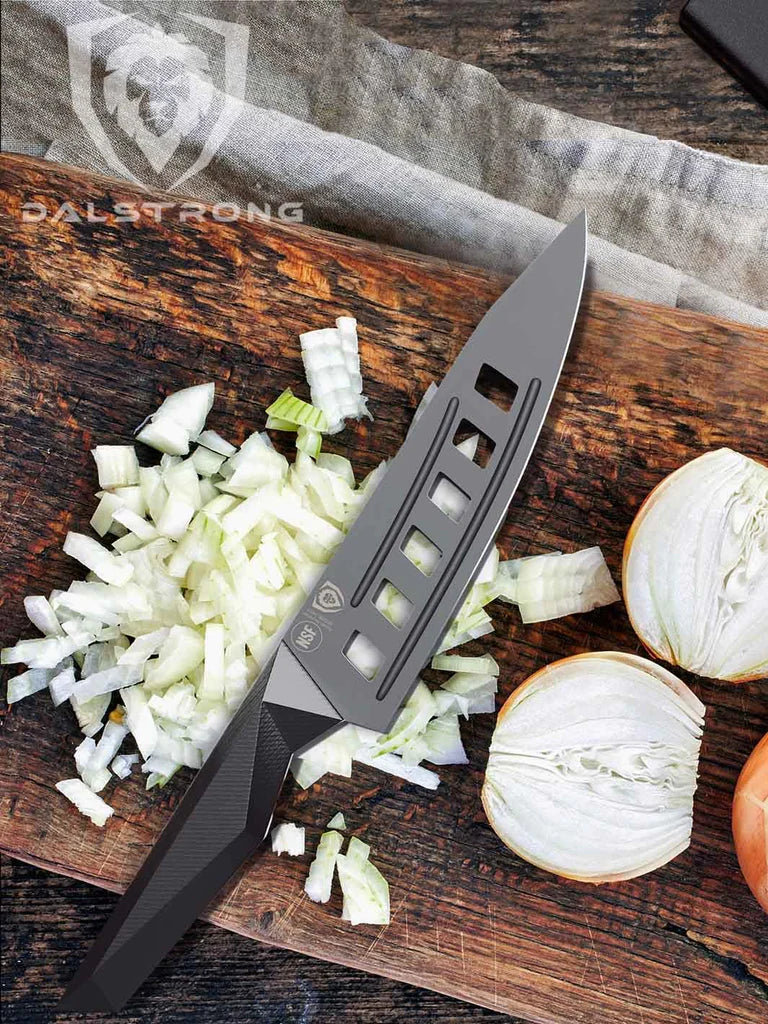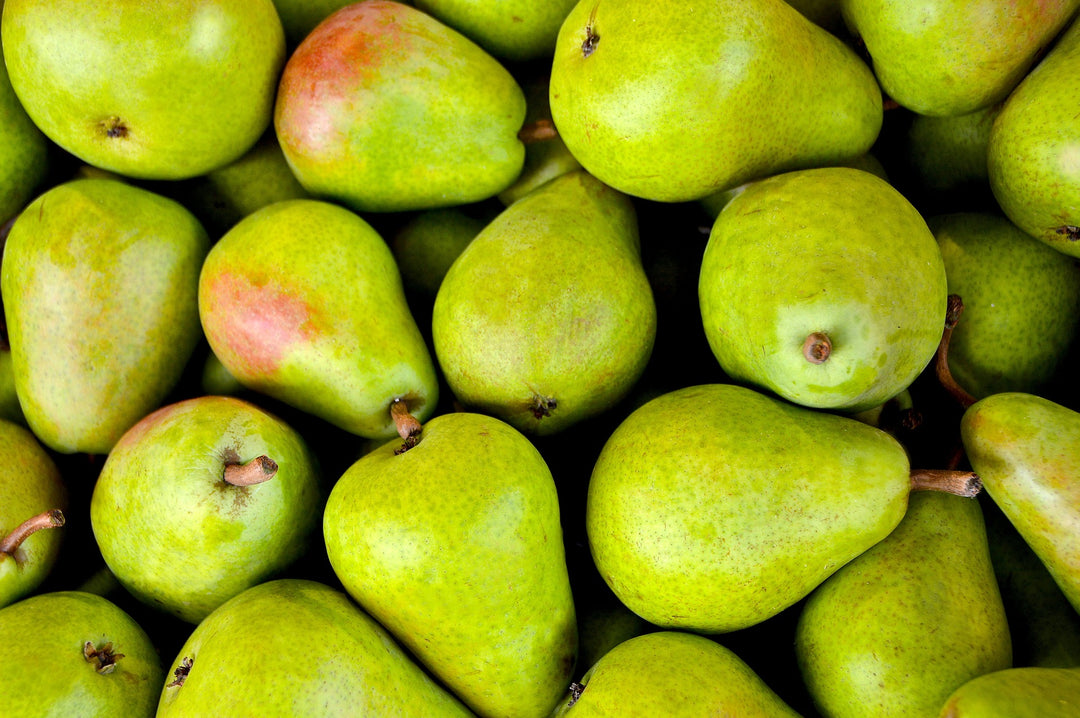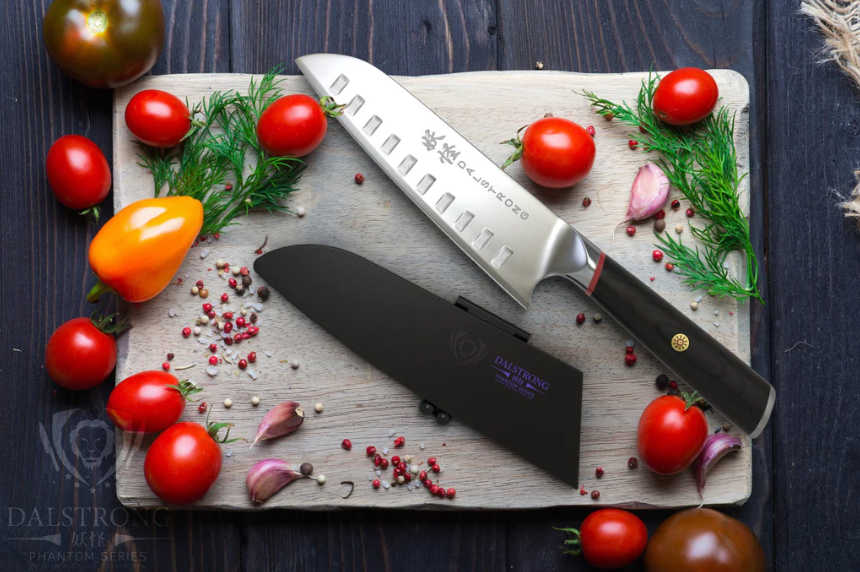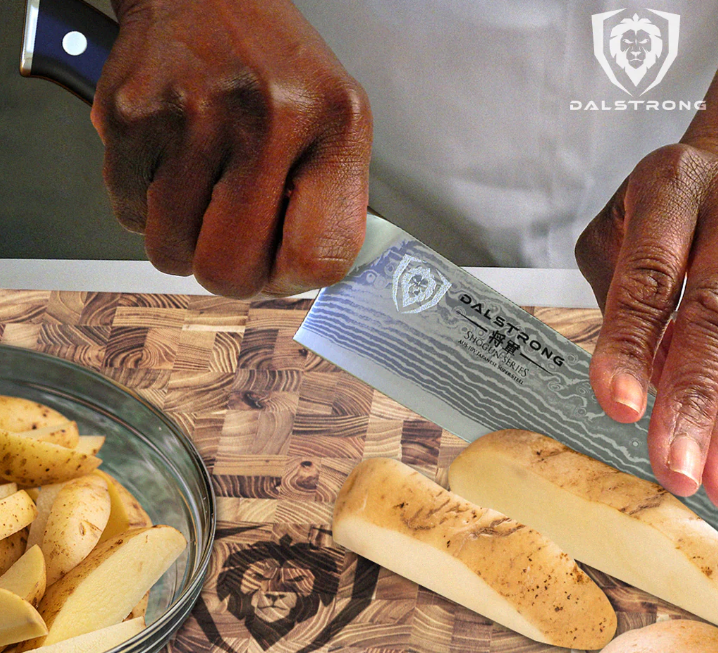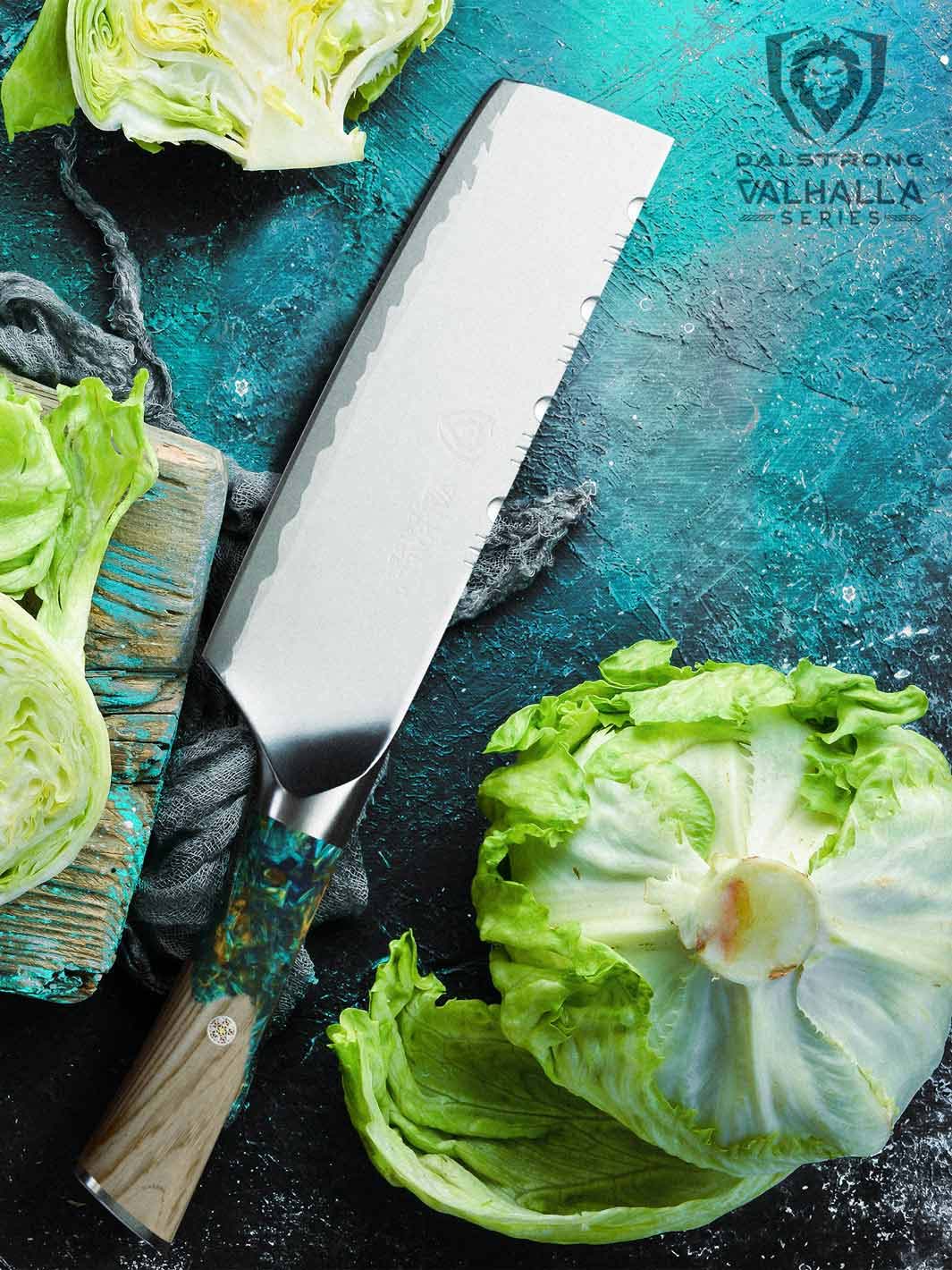The Ultimate Turkey Cooking Time Guide

How Long to Cook a Turkey
Estimated Cook Time (Conventional Oven) for Unstuffed Turkey at 325 Degrees:
|
Weight |
Time |
|
12-14 lbs |
3-3.5 hours |
|
14-16 lbs |
3.5-4 hours |
|
16-18 lbs |
4-4.5 hours |
|
18-20 lbs |
4.5-5 hours |
Burned skin. Raw inside. Too big for the oven. There’s a reason why turkey production companies have a hotline for Thanksgiving turkey cooking emergencies on the holiday; there is much confusion about what is the best strategy for cooking a perfect turkey. Fear not, this guide will give you all the information needed, regardless of the cooking method you choose.
After reading, you’ll be more confident that your Thanksgiving turkey will be the star of the show alongside your mashed potato, stuffing, gravy, greens, and dessert.
Carving Knife & Fork Set 9" | Crusader Series
1. Perfect Roast Turkey Recipe: Step by Step
12'' Slicing & Carving Knife | Delta Wolf Series | Dalstrong ©
Tools:
- Shallow roasting pan with roasting rack
- Aluminum foil
- Kitchen twine
- Digital meat thermometer
- Slicing & carving knife
- Large cutting board
Ingredients:
- 1 fresh or completely thawed turkey, giblets removed (recipe is for 18-pound turkey)
- 1 teaspoon each sage, rosemary, thyme or premixed poultry seasoning
- 3 roughly chopped celery stalks
- 3 carrots sliced down the middle and into thirds
- 2 large quartered yellow onions
- 1 cup turkey stock or chicken stock
- 1 cup unsalted butter, softened
- Course salt
- Fresh ground black pepper
Instructions:
- Remove your turkey from the refrigerator and let sit for 30-45 minutes. Pat dry with paper towels and place breast-side up on rack atop a foil-lined roasting pan. Allow to sit and continue drying while the oven preheats to 325 degrees.
- Tuck the wing tips under and tie the turkey legs with kitchen twine.
- Using your hands, lift the skin of the turkey and spread at least half of the softened butter under the skin as evenly as possible, focusing specifically on the turkey breast. Rub the remaining butter on the outside of the turkey. Sprinkle generously with salt and pepper.
- Add stock to the bottom of your foil lined pan (be sure you have created a good seal with your foil to avoid leakage).
- Toss the herbs with the chopped vegetables, if using, and add half the mixture to the bottom of the roasting pan. Stuff the turkey cavity with the remaining vegetables and herbs.
- Make an aluminum foil tent and cover turkey with it. This will keep juices inside and prevent the skin from burning.
- Place turkey in the oven and cook according to the chart below or 15 minutes per pound (if unstuffed). After one hour, remove the foil tent and allow the skin to brown. Continue cooking until your meat thermometer reads at least 175 degrees when placed in the thickest part of the thigh. If skin starts browning too much, cover loosely with foil again until cook time is complete.
Pro Tips:
- Planning is essential for choosing and purchasing the perfect Thanksgiving turkey. You’ll need to consider the number of people being served before selecting your bird. Don’t judge a turkey by looks alone--the weight is what really matters. A good rule of thumb for choosing a size is 1.5 lbs of meat per person.
- If using a frozen turkey, place your turkey in the refrigerator for 3-6 days to ensure it is completely thawed.
- Before roasting, consider brining your turkey to seal in maximum moisture. A simple brine solution will do, but acidic buttermilk brines are also great for making turkey meat tender and juicy. Dry brine is also a popular option for adding a sweet or spicy flavor to your bird.
- After removing from the oven, allow turkey to rest fully before carving so that the juices can redistribute. This will make your bird easier to slice for a picture perfect turkey platter.
- Save your leftover turkey carcass to create a homemade turkey stock for future use or next-day soups using your leftover turkey meat and other leftovers.
2. Choosing the Right Oven Temperature

Roasting a turkey is the most popular method because it creates juicy and moist meat from the thigh to the turkey breast. To ensure that your turkey dinner is safe and served on time, pay close attention to the temperature of your turkey meat.
The preferred temperature for roasting a typical Thanksgiving turkey is 325. Roasting at this temperature allows the meat to cook slowly and the juices to distribute well. You must have a fully thawed bird for this to work, however, so be sure to remove your frozen turkey from the freezer 3-5 days before cooking and to fully thaw in the refrigerator.
Some turkey recipes call for starting at a high heat and then lowering the oven temperature for the remainder of the cooking time. If you follow a recipe like this, pay extra attention to the internal temperature of all cooked elements to ensure safety.
Internal Temperature Guide:
|
Breast meat |
165 degrees |
|
Dark meat |
175 degrees |
|
Stuffed turkey cavity |
165 degrees (note: use caution with this method) |
3. Cooking Time
Rules of Thumb
- At 325 degrees, plan to cook your turkey for 15 minutes per pound.
- If you have a convection oven, your roasted turkey will take 30% less time, so adjust your cooking time accordingly.
- Most cook times are for an unstuffed turkey. If you are stuffing your bird, you’ll need to check the internal temperature of the stuffing with a food thermometer when you check the meat.
Instead of calculating oven roasting time for your roast turkey, use this handy chart:
Estimated Cook Time (Conventional Oven) for Unstuffed Turkey at 325 Degrees:
|
Weight |
Time |
|
12-14 lbs |
3-3.5 hours |
|
14-16 lbs |
3.5-4 hours |
|
16-18 lbs |
4-4.5 hours |
|
18-20 lbs |
4.5-5 hours |
4. Alternate Cooking Methods for Turkey

When deciding on how to prepare your Thanksgiving dinner this year, you might consider some alternatives to roasting. Just do your research to be sure you are choosing a safe and budget-friendly option for your family or guests.
Slow Cooking
The slow cooker is an attractive option for cooking a smaller turkey because it frees up oven space for your other dinner items. Some cooks also choose to make just a slow cooker turkey breast since breast meat gets tender in the process. This allows you to cook the dark meat in other ways that take up less oven space.
Smoking
If you’ve ever had smoked barbecue turkey, you know that the smoking adds a depth of flavor to the meat. Smoking can be a helpful method to choose if you have limited indoor cooking space, and can easily be done on the grill. Before you choose to smoke a turkey, be aware that this method has one of the longest cooking times.
Deep Frying
Adventurous turkey cooking has become more popular over the years. Deep fried turkey has a particular allure because of the crispy skin that can be achieved. Outdoor preparations like this are often used when space is limited inside or when a very large crowd is expected at your dinner. Be sure to check out this handy guide on how to set the dinner table. Keep in mind that frying is an expensive option because it requires significant amounts of cooking oil to be used. (Southern Living have a fantastic recipe for deep fried turkey)
Oven Bag
Cooking a turkey in an oven bag is a fail safe method for those very concerned about internal temperature. If you end up with a very large turkey, this method may give you peace of mind that your turkey is fully cooked. An added bonus of the oven bag is that it gets coated with flour before adding the turkey, so the juices that collect already have a gravy-like texture when it’s time to remove the bird from the bag.
Pro tip: double check your oven bag to be sure it will fit the size of your turkey.
5. Frequently Asked Questions About Cooking A Turkey
14'' Slicing & Carving Knife | Shogun Series | Dalstrong ©
Do I need to baste my turkey while it cooks?
If you use a recipe that does not include butter under the turkey skin, you should baste your turkey every 45 minutes to help it brown evenly. To baste a turkey, tilt the roasting pan and spoon the liquid drippings over the turkey.
Butter is the best way to avoid basting, and your options are many. Some cooks use melted butter and a pastry brush to create an even coating on the outside of the bird, while others create a savory herb butter to spread under the skin. Whatever your technique, this strategy for adding fat (to the breast meat in particular) will give you a nice brown bird while saving your time for the rest of your turkey dinner prep.
Should I stuff my turkey?
While a stuffed turkey can be an attractive display on your Thanksgiving dinner table, it isn’t the only option. This means that the choice to stuff the bird is primarily up to the cook’s preference for taste and texture.
Food safety should also be considered, and the internal temperature must reach at least 165 degrees to ensure there is no bacteria from the raw turkey soaked into the bread. If you do not choose to stuff your bird, you can cook your stuffing in the oven and add gravy for a moist texture.
What is the best way to make turkey gravy?
Making gravy from the pan drippings can be stressful, but it is an efficient way to use all of the fragrant and flavorful ingredients you’ve put in your roasting pan. Some cooks choose to make a simple gravy ahead of time and then add the drippings at the very end to make things simpler. It is a perfect combination with mashed potato.
How can I create a crispy skin for my turkey?
For the crispy skin you want, opt to brine your turkey and then dry it thoroughly after removing from the brine. Then, use a recipe like the one above that includes butter under and on the outside of the skin.
Should I rinse my turkey before roasting it?
You’ll want your turkey skin dry before adding salt and seasoning prior to the cook, but rinsing can spread bacteria throughout your sink and kitchen prep area. Instead, use a paper towel to pat the raw turkey dry.
Should I slice my cooked turkey at the dinner table?
The image of the family head carving the Thanksgiving turkey is ingrained in many minds, yet it may not be the best option for you at home. Carving a turkey takes some elbow grease and can be messy. Unless you want to wear your kitchen apron to the dinner table, consider separating the dark meat and slicing and carving the turkey breast meat first. You can create an attractive platter covered in turkey gravy that is sure to please your family.
Check Out Dalstrong Slicing & Carving Knives Today
Lifelong food lover, baker, and obsessive watcher of cooking shows, Kate’s greatest talent is chasing her toddler without ever spilling her wine.























































































































